Darbhanga is the fifth largest city and municipal corporation in the state of Bihar in India, and is considered an important city in North Bihar. It serves as the headquarters of the Darbhanga district and the Darbhanga division. It is held that the name Darbhanga has been derived from Dwar Banga or Dari – Banga, meaning the ‘door of Bengal’.
Darbhanga was the seat of the erstwhile Khandwala zamidaar dynasty under the Mughals and British India. It is considered an important medical center of North Bihar as it is the location of the Darbhanga Medical College and Hospital, and the second AIIMS of the state is to be constructed here.
Darbhanga is one of the oldest cities in India. Musical, folk art, and literary traditions in Sanskrit, Hindi and Maithili have passed down generations in Darbhanga and constitute the city’s strong cultural background. It is popularly known as the “Cultural Capital of Bihar” and the “Heart of Mithilaanchal”.
History
The city was the capital of the Darbhanga Raj, an estate established in the 16th century, containing the Anandbagh Palace. It was constituted as a municipality in 1864. Darbhanga is home to the Kameshwara Singh Darbhanga Sanskrit University (established 1961), which is located on the grounds of the palace and the Lalit Narayan Mithila University (established 1972). Darbhanga has a museum housing archaeological materials, as well as historical and handicrafts exhibits.
Darbhanga has been a centre for music since the late 18th century and has produced multiple well-known dhrupad (an ancient form of Indian classical music) musicians. A major rail and road junction, Darbhanga trades in agricultural produce, mangoes and fish. In addition to food processing, the city has a light manufacturing industry.
Darbhanga is situated on a vast alluvial plain, with low-lying areas containing marshes and lakes. Grains, oilseeds, tobacco, sugarcane, and mangoes are important crops in the region.
Under the British Raj, Darbhanga was a part of Sarkar Tirhut until 1875, when it was constituted into a separate district. Its subdivisions had been constituted earlier – Darbhanga Sadar in 1845, Madhubani in 1866, and Samastipur (then known as Tajpur) in 1867. The city of Darbhanga is said to have been founded by one Darbhangi Khan, about whom practically nothing is known. It is also held that the name Darbhanga is derived from Dwar Banga or Dar-e-Banga, meaning the ‘door of Bengal’. This etymology does not appear to be accurate as the division between Bengal and Bihar has always been held to be further to the east. Nonetheless, the region has a linguistic and cultural affinity with Bengal.
Excavation at Balirajgarh revealed brick fortifications dating back to the 2nd century BC.

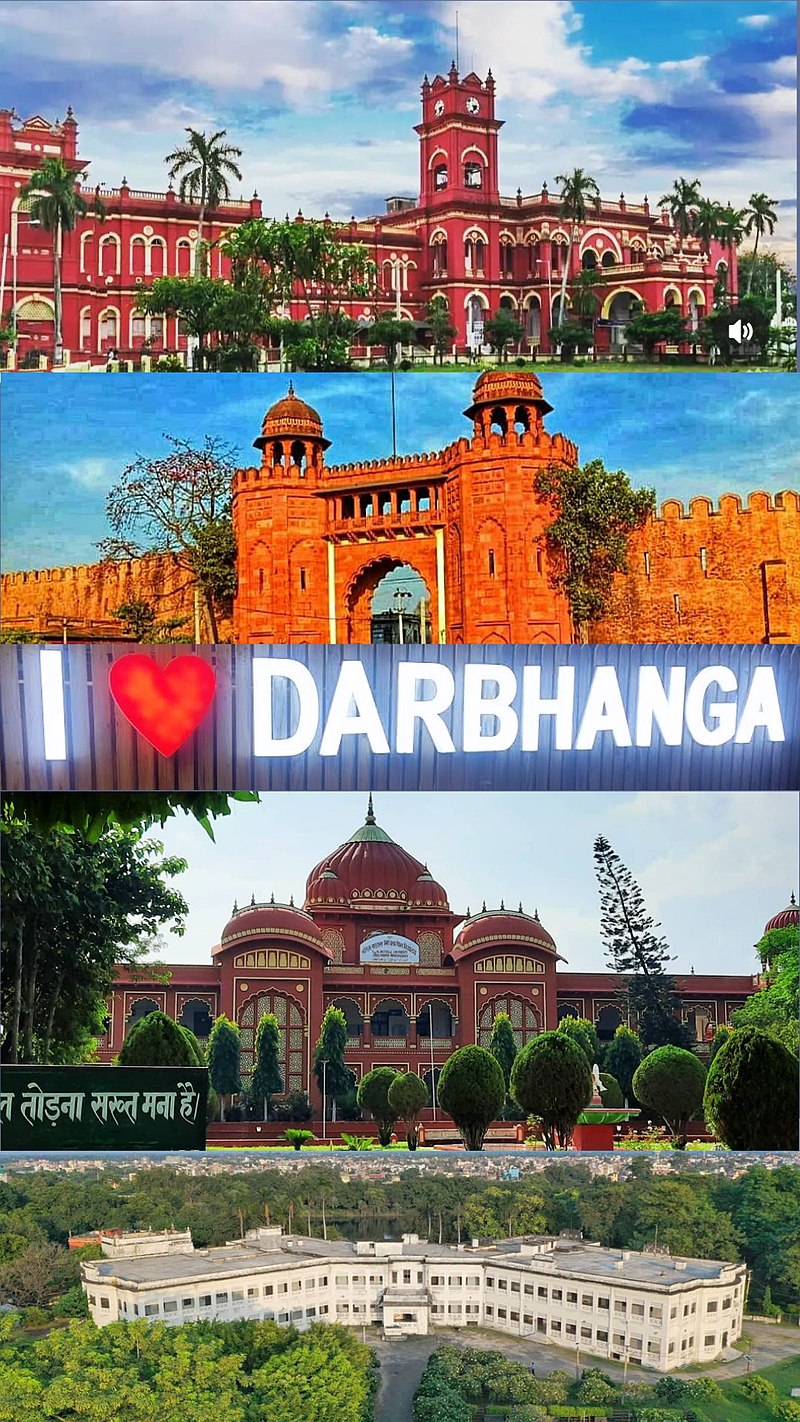


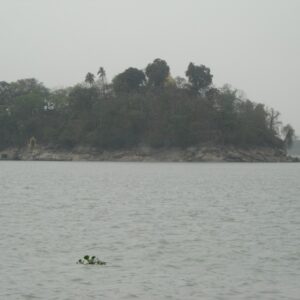
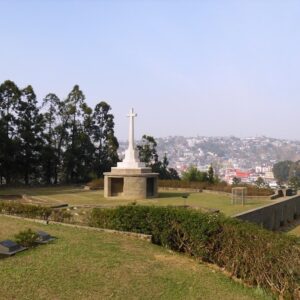


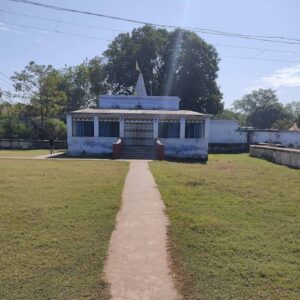


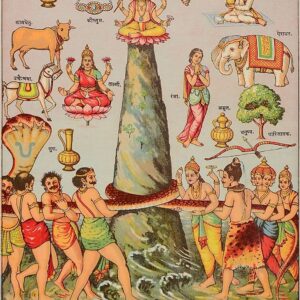

Reviews
There are no reviews yet